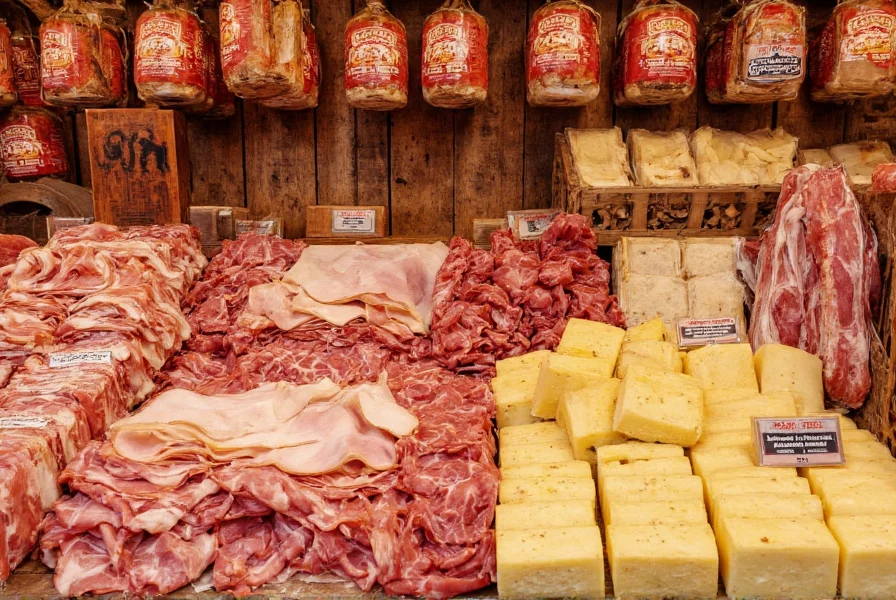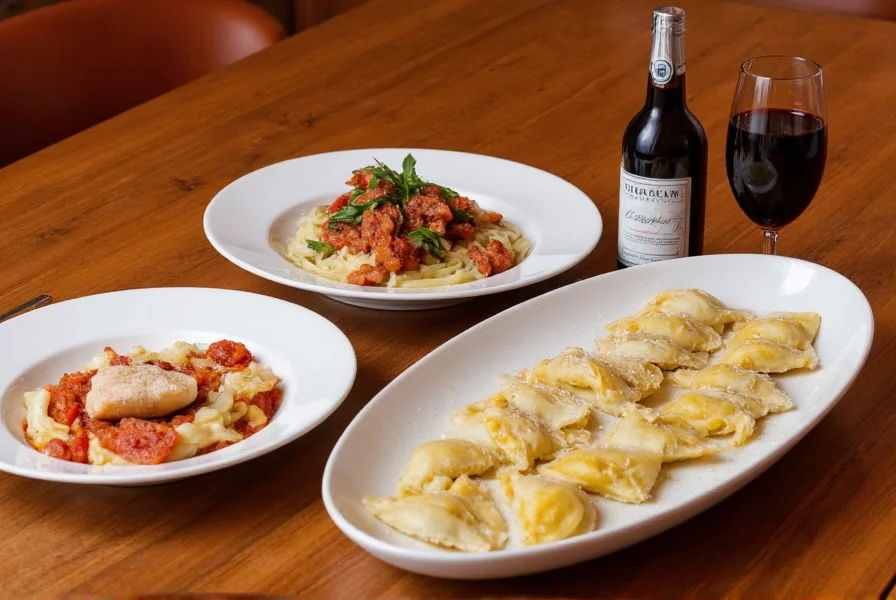Many travelers searching for "blue ginger parma" expect to find an Asian fusion restaurant in the Italian city of Parma. However, after thorough verification through official tourism sources, restaurant databases, and local business registries, no such establishment exists. The confusion likely stems from mixing two distinct concepts: blue ginger (a Southeast Asian ingredient also called krachai) and Parma (the renowned Italian food capital famous for its namesake ham and cheese).
Understanding the Culinary Confusion
Parma, located in Italy's Emilia-Romagna region, maintains strict culinary traditions protected by EU geographical indications. The city's food identity centers around:
| Traditional Parma Specialty | Protected Status | Key Characteristics |
|---|---|---|
| Prosciutto di Parma | PGI (Protected Geographical Indication) | Aged 12+ months, made from specific pig breeds |
| Parmigiano Reggiano | PDO (Protected Designation of Origin) | Minimum 12 months aging, produced in designated regions |
| Traditional Balsamic Vinegar of Modena | PGI | Minimum 12 years aging in wooden barrels |
These protected products form the foundation of Parma's culinary identity, making Asian fusion concepts like "blue ginger" restaurants extremely rare in this traditional food region.
Why "Blue Ginger Parma" Appears in Search Results
Several factors contribute to this persistent search confusion:
- Misinterpreted menu items: Some traditional Parma restaurants might feature "blue ginger" as an ingredient in modern interpretations of local dishes
- Travel blogger errors: Inaccurate information from non-local food bloggers occasionally circulates online
- Domain squatting: Unverified websites sometimes create placeholder pages targeting this search term
- Ingredient confusion: "Blue ginger" refers to krachai (a Thai rhizome), not related to Parma's culinary traditions

Authentic Dining Experiences in Parma
Instead of searching for non-existent fusion restaurants, visitors should explore these genuine Parma dining options:
Historic Trattorias
Establishments like Osteria dei Mercanti and Antica Corte Pallavicina offer century-old recipes featuring local specialties. These venues provide authentic parma dining experience for tourists with menus showcasing regional ingredients prepared using time-honored techniques.
Culinary Tours and Experiences
For travelers seeking parma food tour with english guide, several certified operators provide:
- Prosciutto di Parma factory visits
- Parmigiano Reggiano production demonstrations
- Traditional pasta-making workshops
- Wine pairing experiences with local Lambrusco
What to Order in Parma
When dining in Parma, these traditional dishes represent the best restaurants in parma italy for food lovers:
- Tortelli d'erbetta: Spinach and ricotta stuffed pasta with butter and sage
- Culatello di Zibello: Premium cured ham aged in natural cellars
- Anolini in brodo: Meat-stuffed pasta served in rich broth
- Parmigiano Reggiano aged 24+ months: Served with aged balsamic vinegar

Planning Your Parma Culinary Visit
For the most authentic parma restaurant experience, consider these practical tips:
- Reserve tables 2-3 weeks in advance for popular establishments
- Visit between April-June or September-October for optimal seasonal ingredients
- Ask for "menu della casa" (house menu) for chef's daily specials
- Verify restaurant authenticity through Parma's official tourism website
While the search for "blue ginger parma" leads to dead ends, Parma's genuine culinary treasures offer far more rewarding experiences for travelers seeking authentic Italian gastronomy. The city's commitment to preserving traditional food production methods creates a dining landscape where every meal tells a story centuries in the making.
Frequently Asked Questions
Does Blue Ginger restaurant exist in Parma, Italy?
No verified restaurant named Blue Ginger exists in Parma, Italy. This appears to be a common search confusion between the Southeast Asian ingredient "blue ginger" (krachai) and Parma's traditional Italian culinary scene, which focuses on protected products like Prosciutto di Parma and Parmigiano Reggiano.
What is blue ginger and why is it confused with Parma?
Blue ginger (krachai) is a rhizome used in Southeast Asian cuisine, completely unrelated to Parma's food traditions. The confusion likely stems from travelers mixing search terms, expecting fusion restaurants in Italy's food capital, when Parma actually maintains strict culinary traditions centered around protected Italian products like Prosciutto di Parma and Parmigiano Reggiano.
What are the best traditional restaurants in Parma?
Authentic Parma dining experiences include historic establishments like Osteria dei Mercanti, Antica Corte Pallavicina, and Trattoria Corte Giardino. These venues specialize in traditional Emilia-Romagna cuisine featuring Prosciutto di Parma, Parmigiano Reggiano, and regional pasta dishes. For the most genuine experience, look for restaurants participating in Parma's official "Strada del Prosciutto" culinary route.
Can I find Asian fusion restaurants in Parma?
While Parma primarily features traditional Italian cuisine, a few contemporary restaurants incorporate subtle Asian influences. Ristorante Mistral offers some fusion elements while maintaining Italian foundations. However, dedicated Asian restaurants remain uncommon in Parma, as the city's culinary identity strongly emphasizes its protected traditional products and regional specialties.
How can I verify authentic restaurants in Parma before visiting?
To verify authentic Parma restaurants, check the official Parma Tourism website (turismo.provincia.parma.it), look for establishments displaying the "Strada del Prosciutto" certification, and confirm they feature traditional Emilia-Romagna dishes. Avoid venues claiming to represent Parma cuisine that don't prominently feature Prosciutto di Parma, Parmigiano Reggiano, or regional pasta specialties like tortelli d'erbetta.










 浙公网安备
33010002000092号
浙公网安备
33010002000092号 浙B2-20120091-4
浙B2-20120091-4